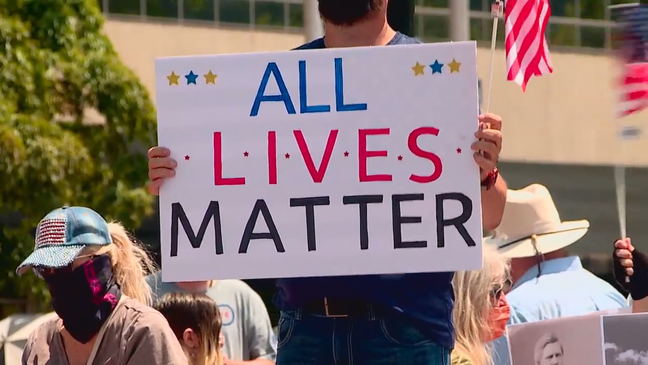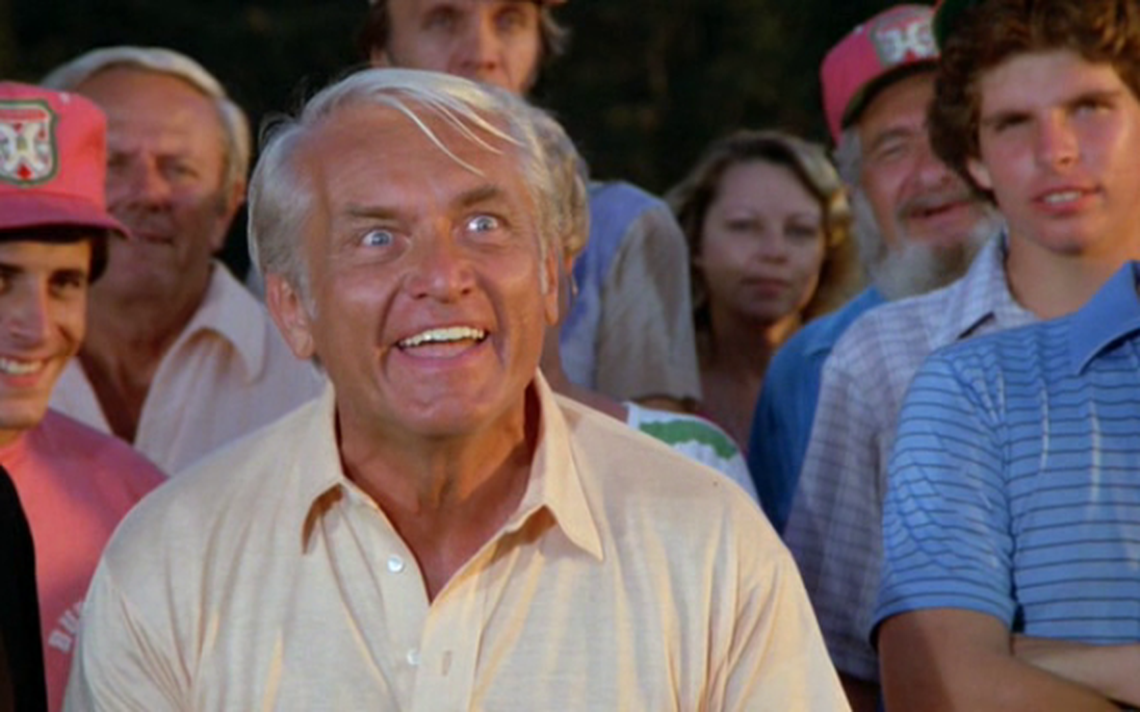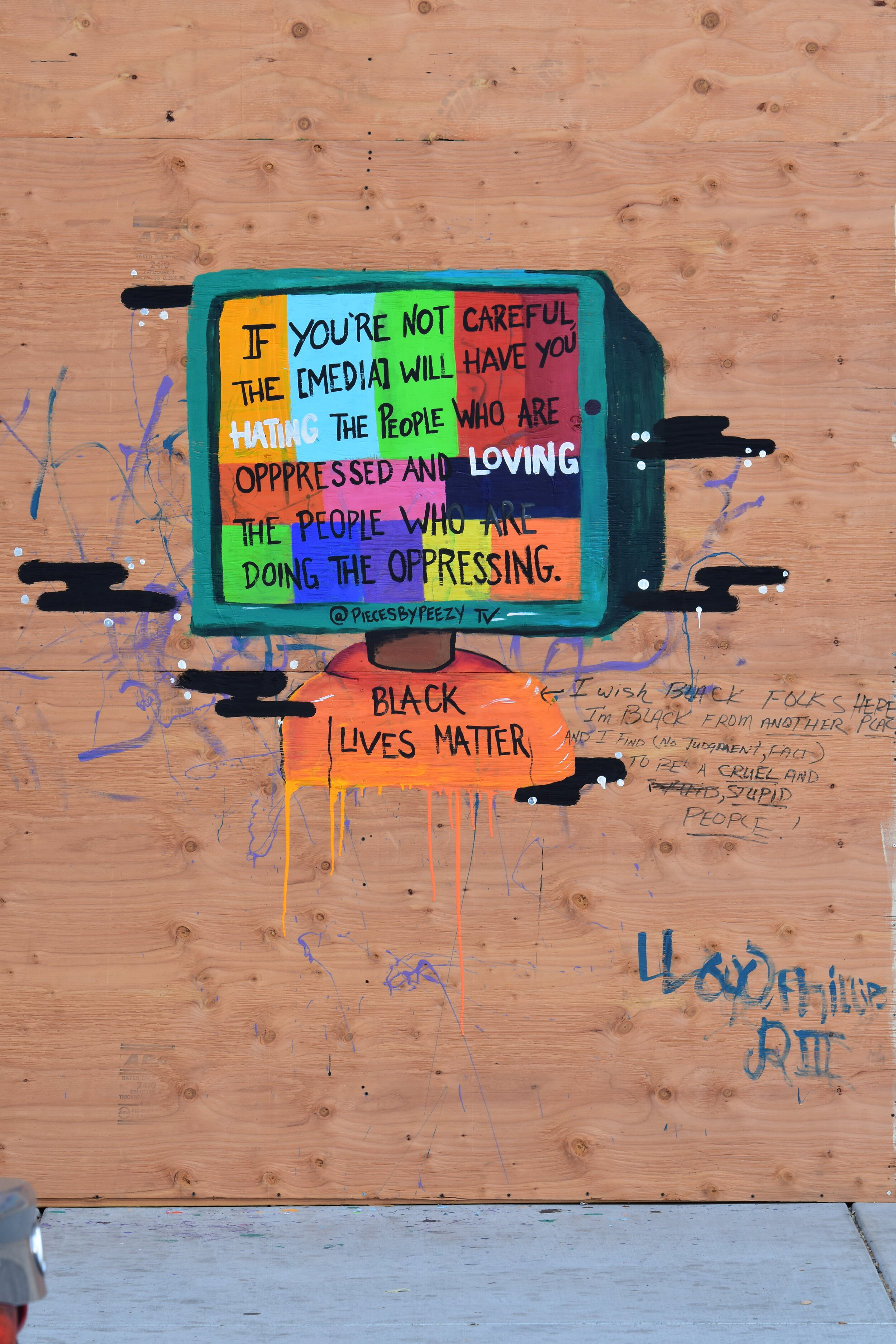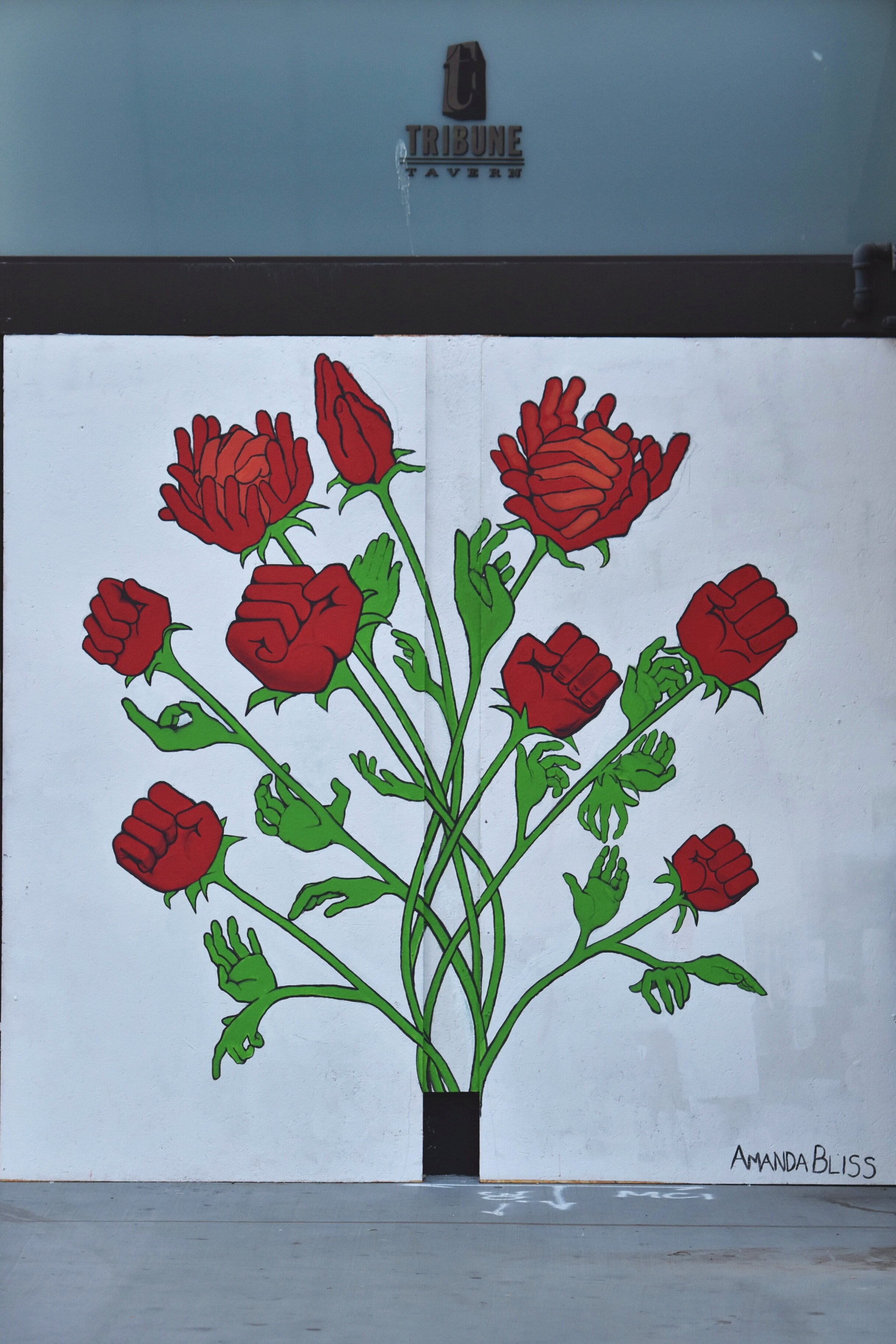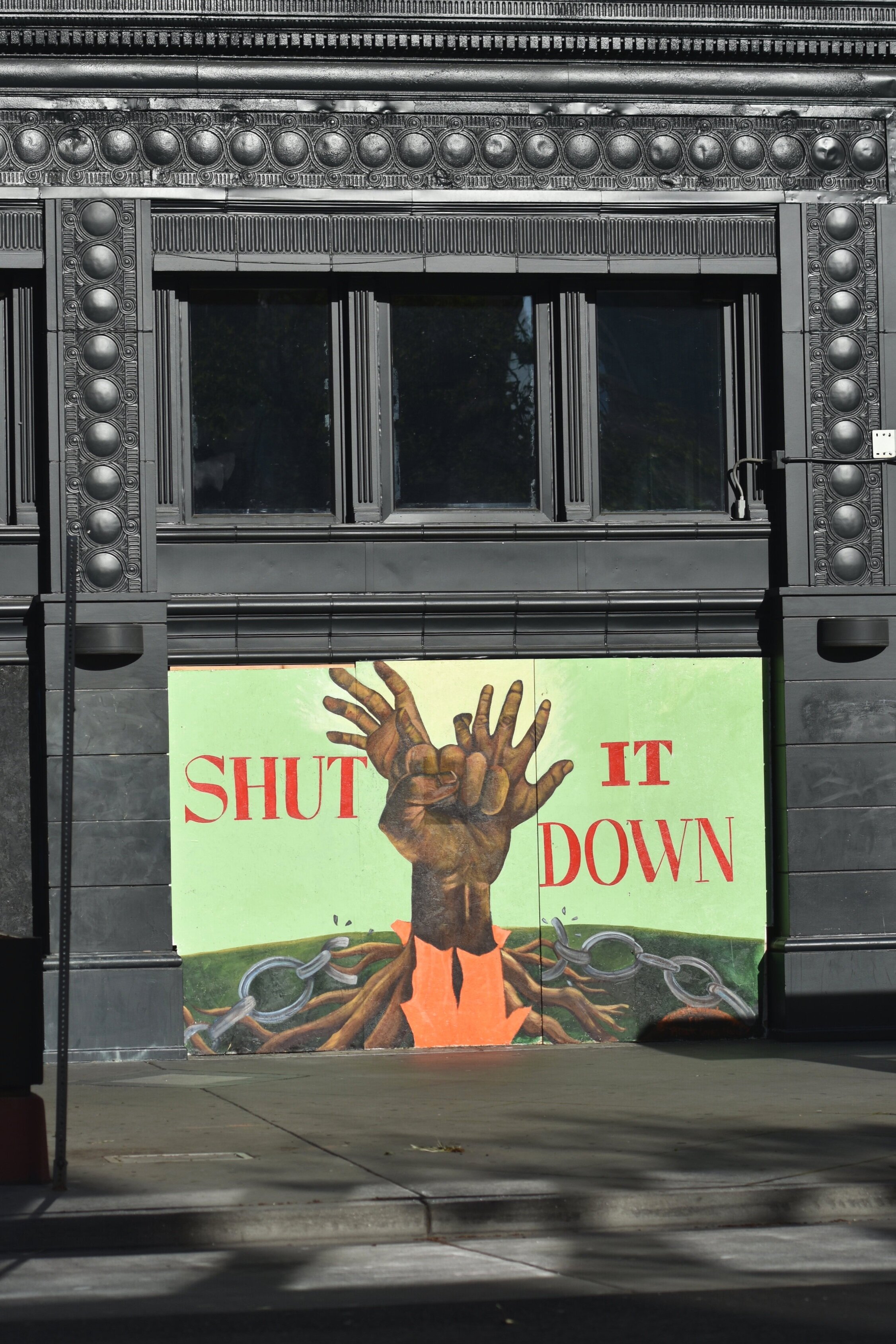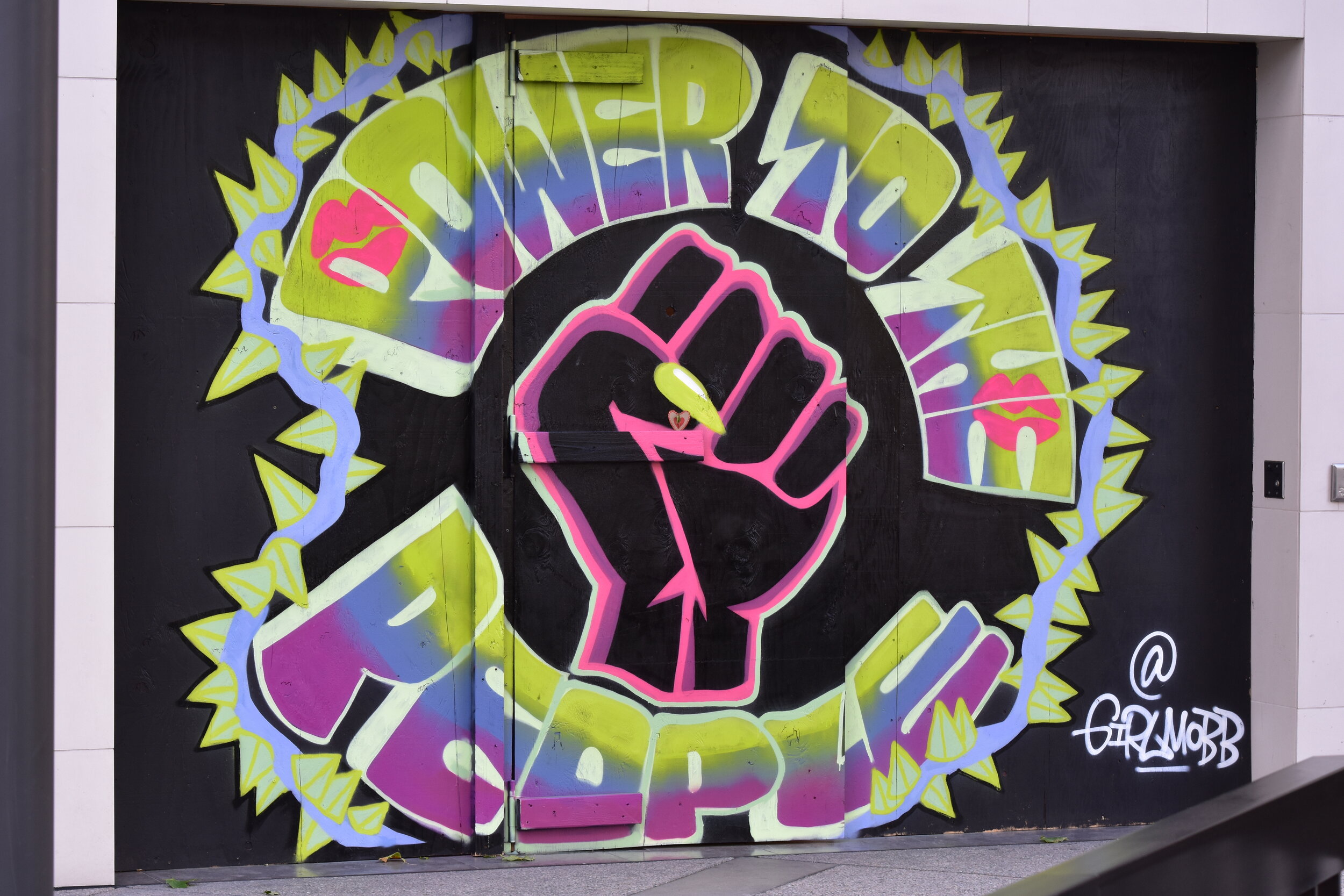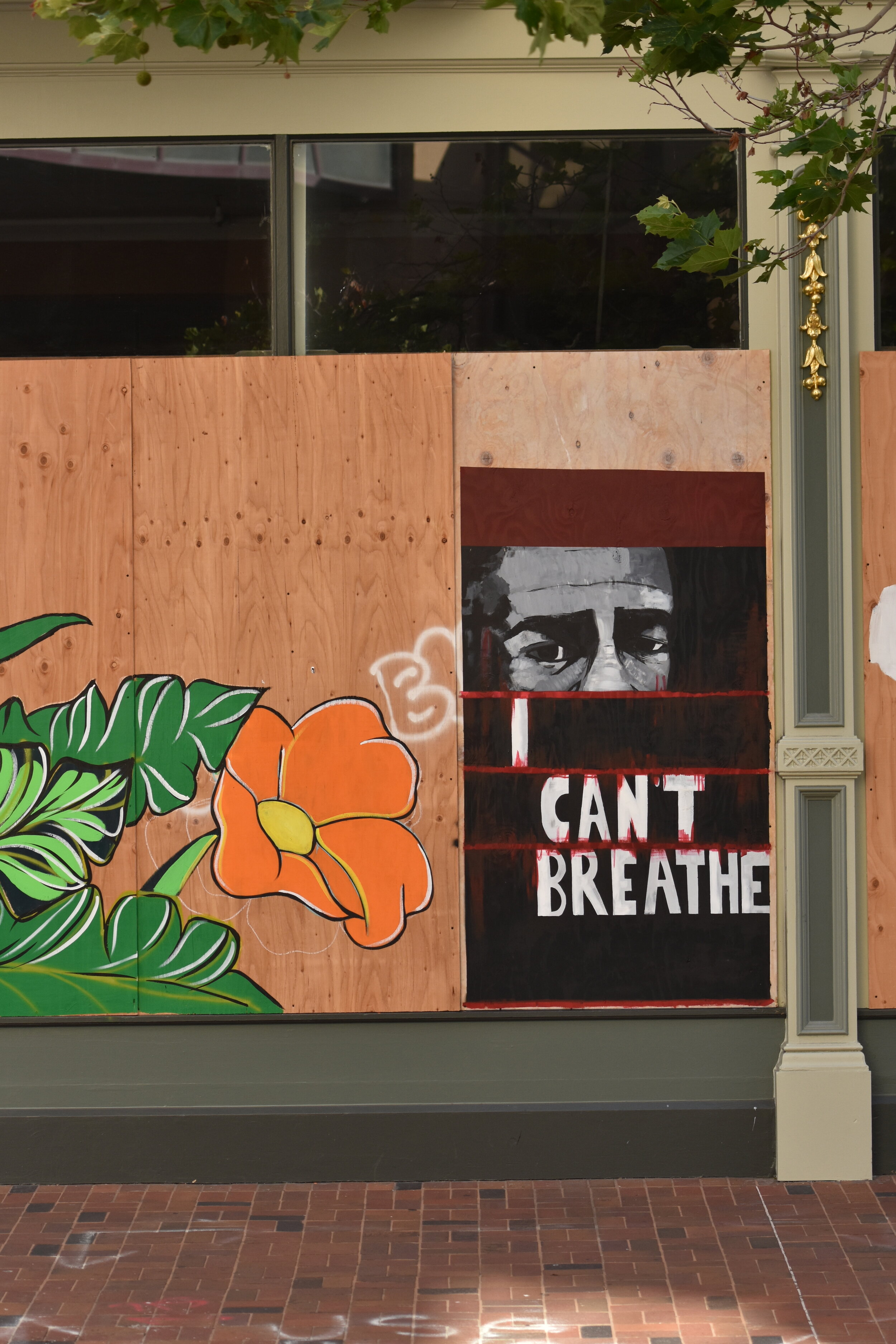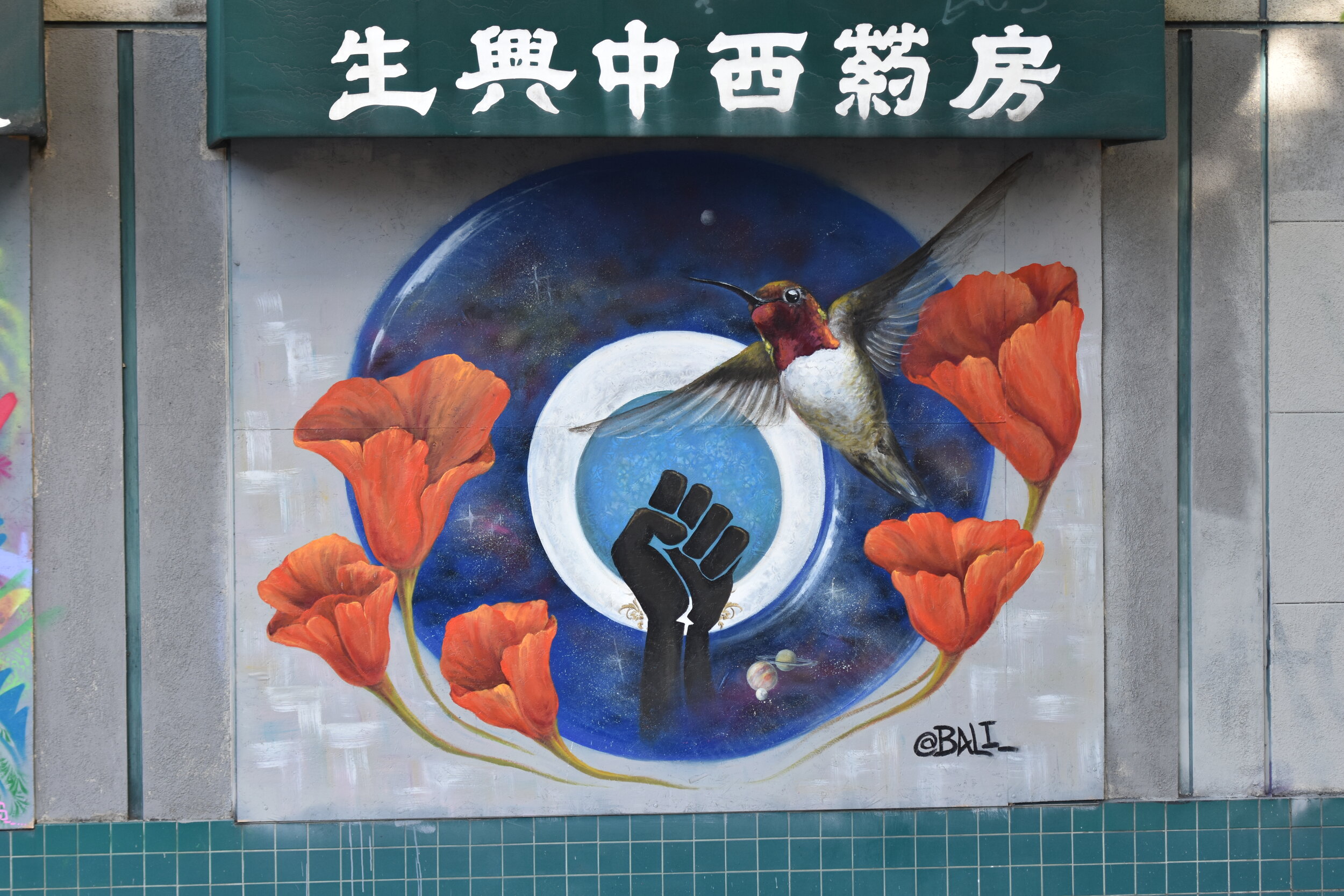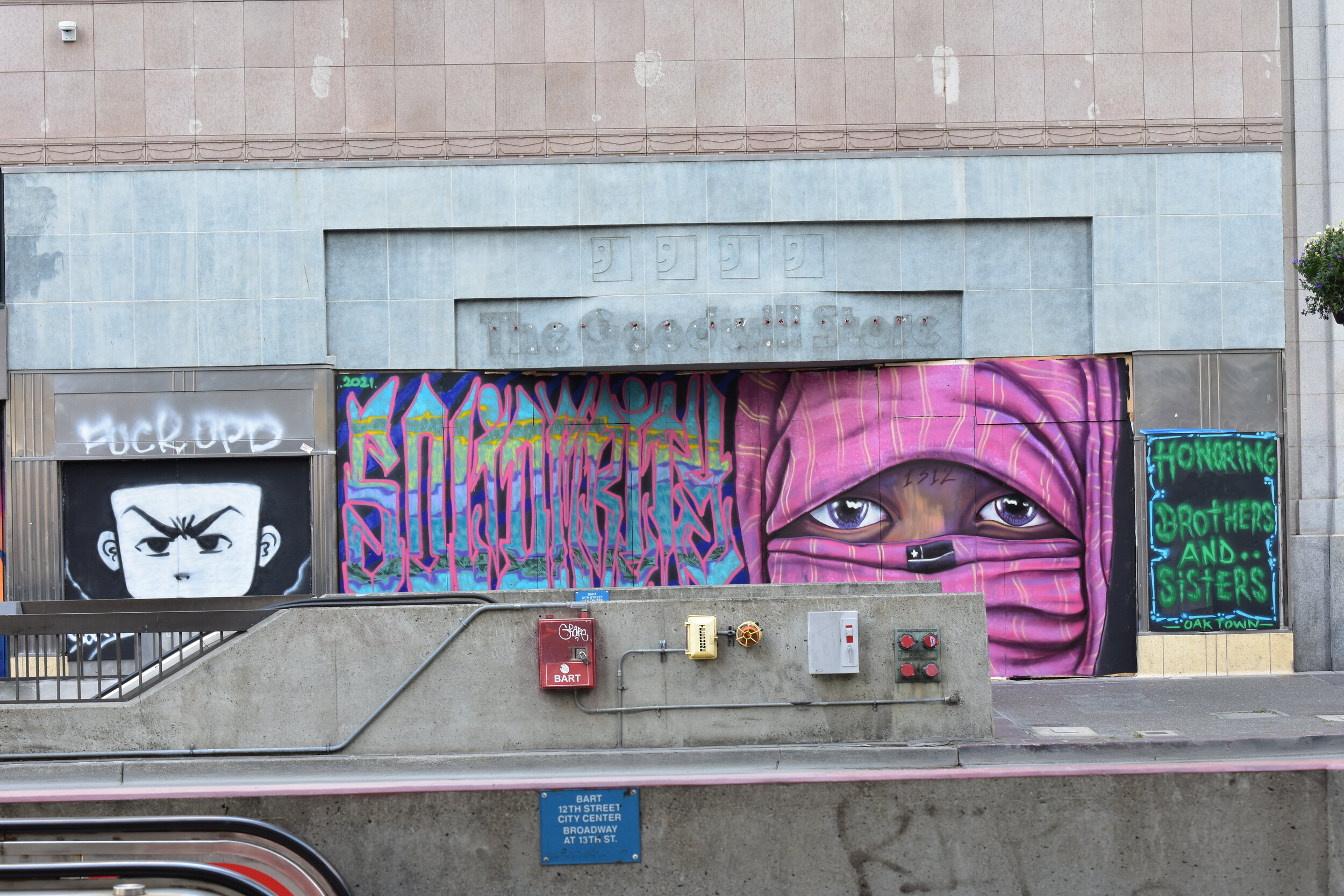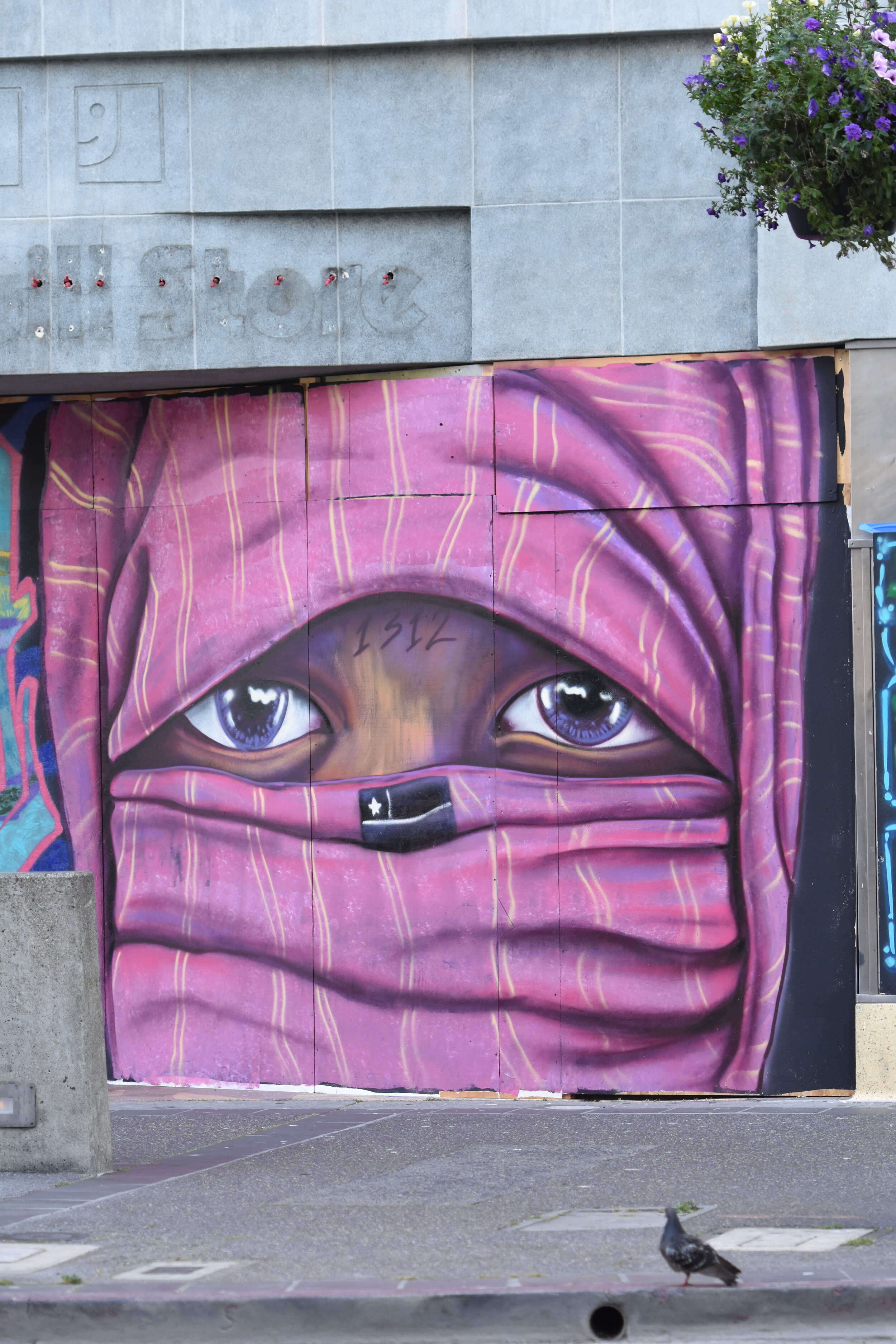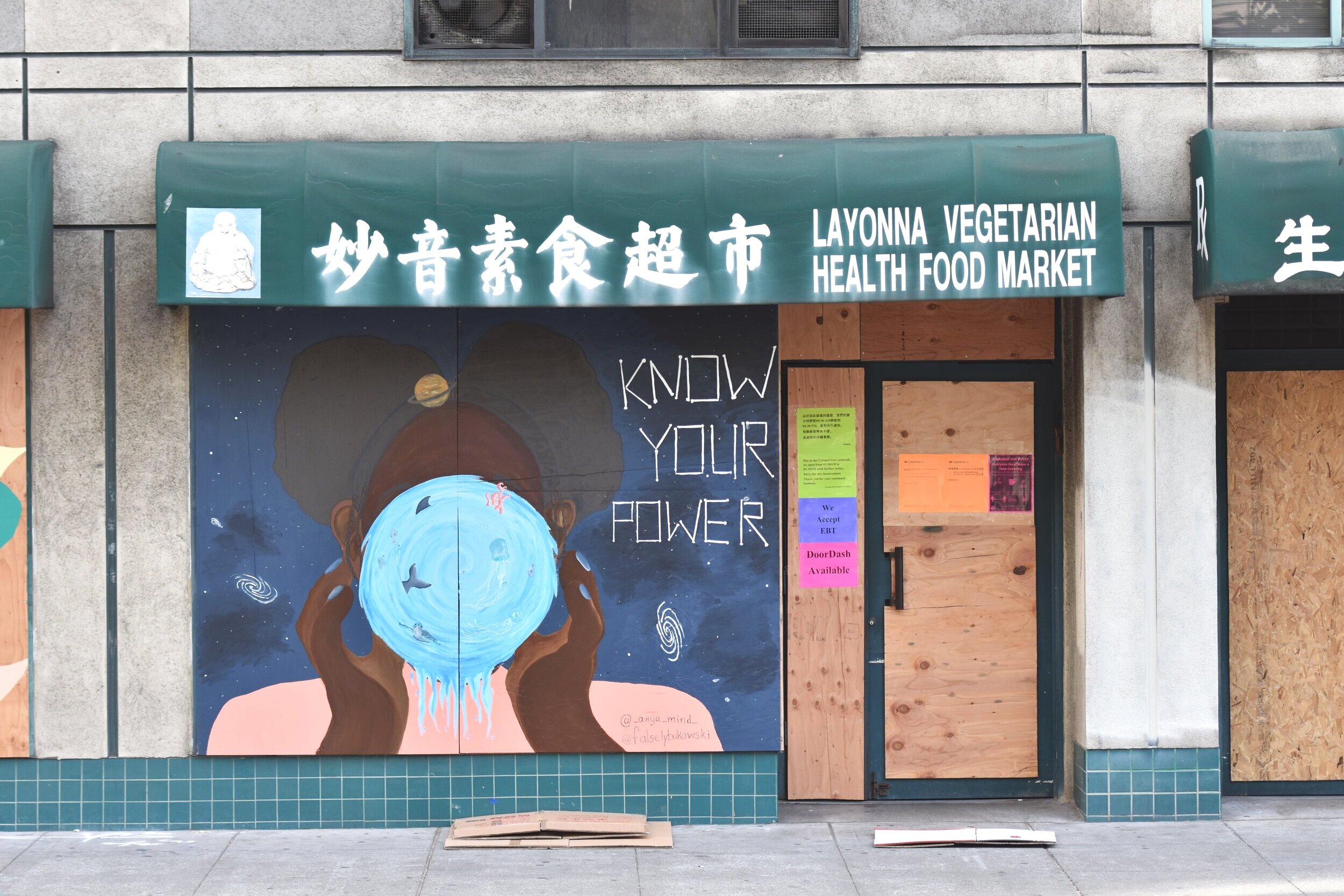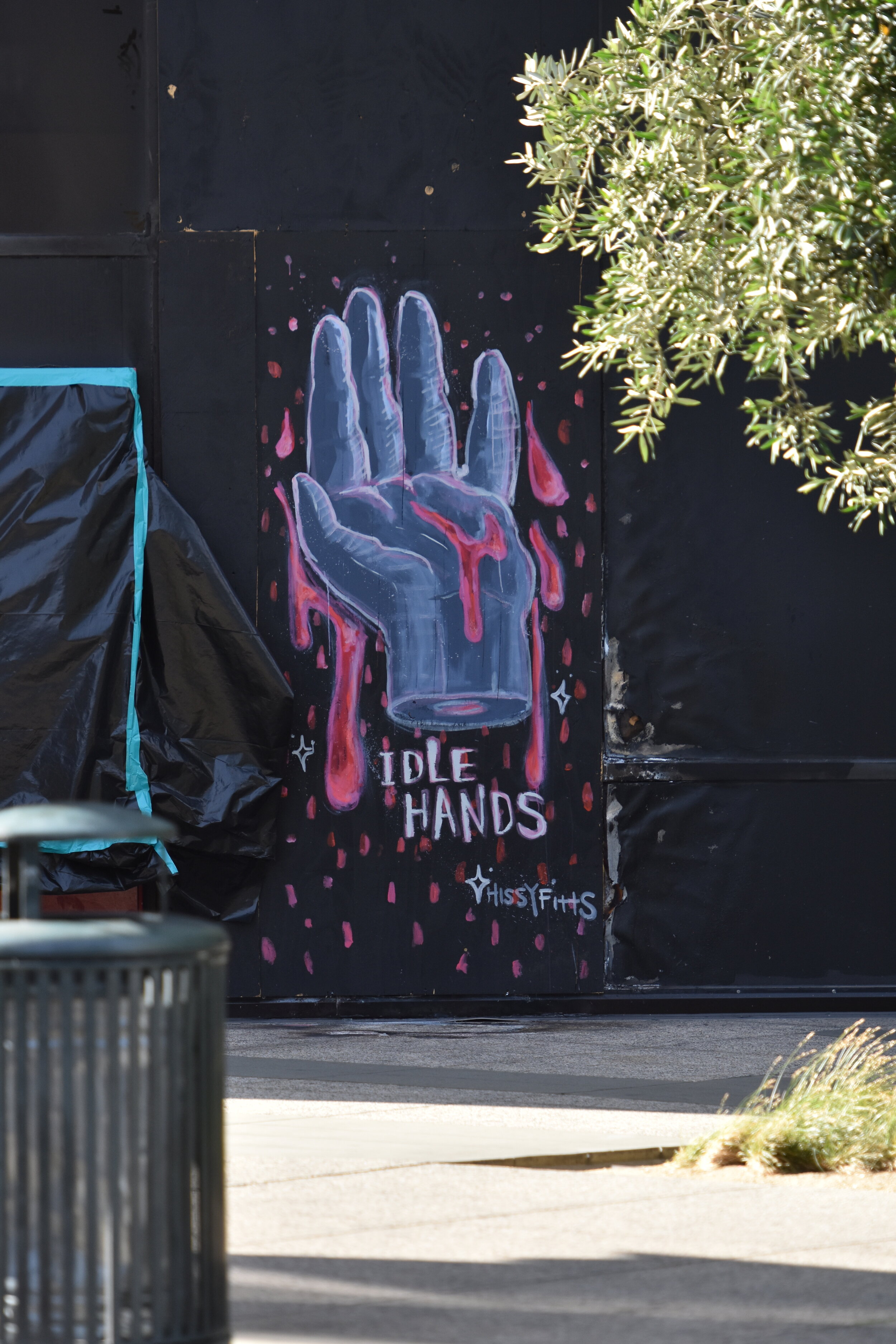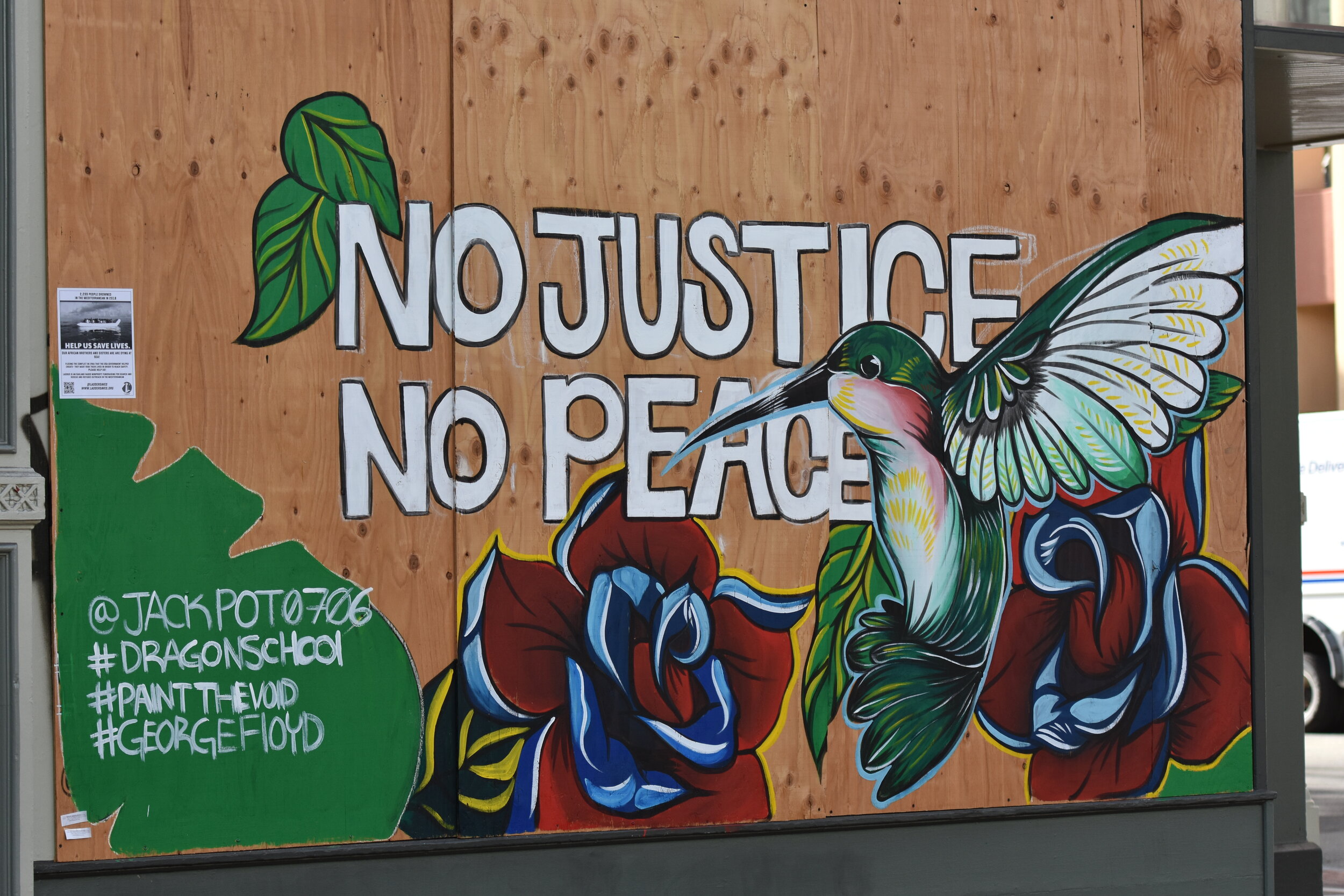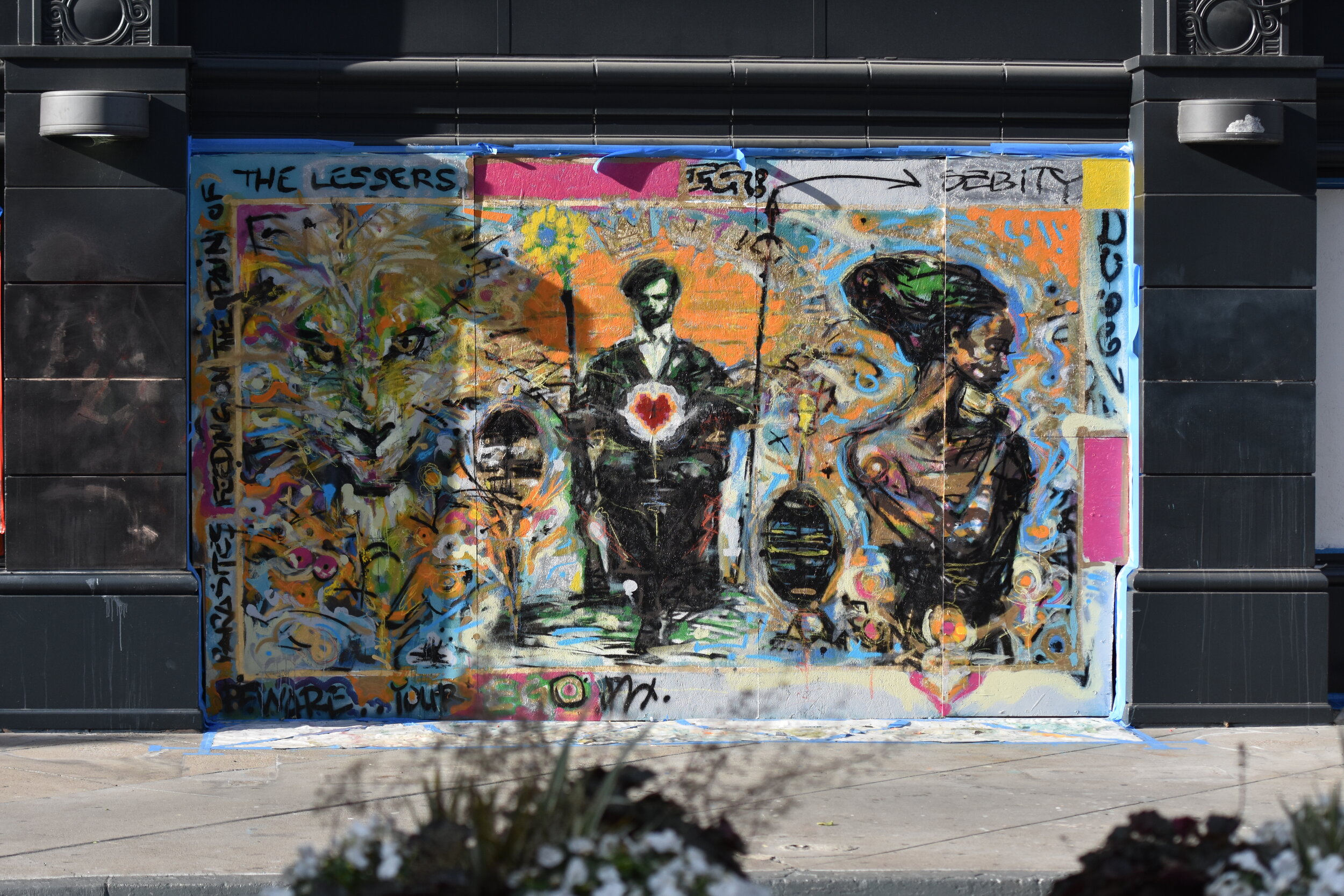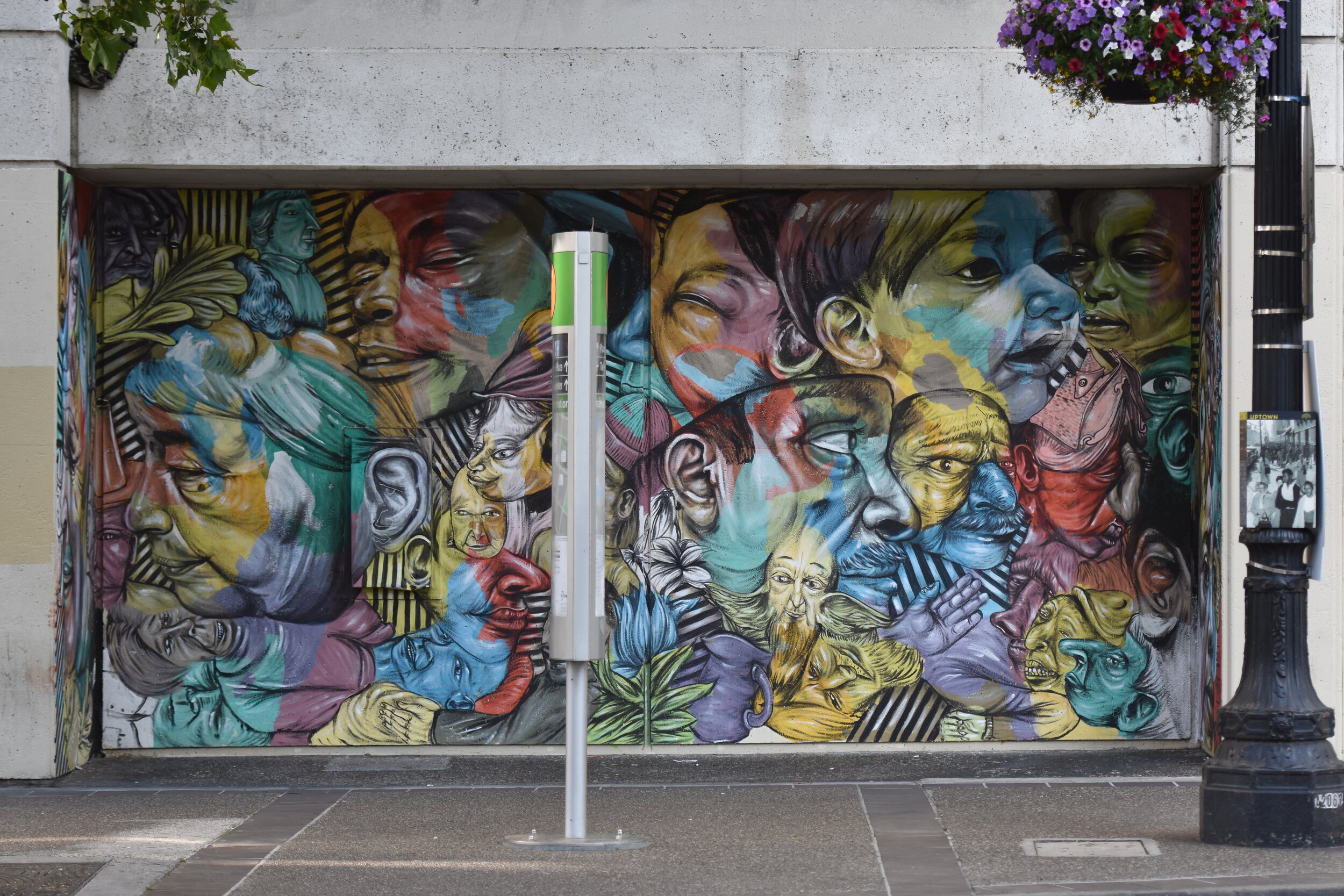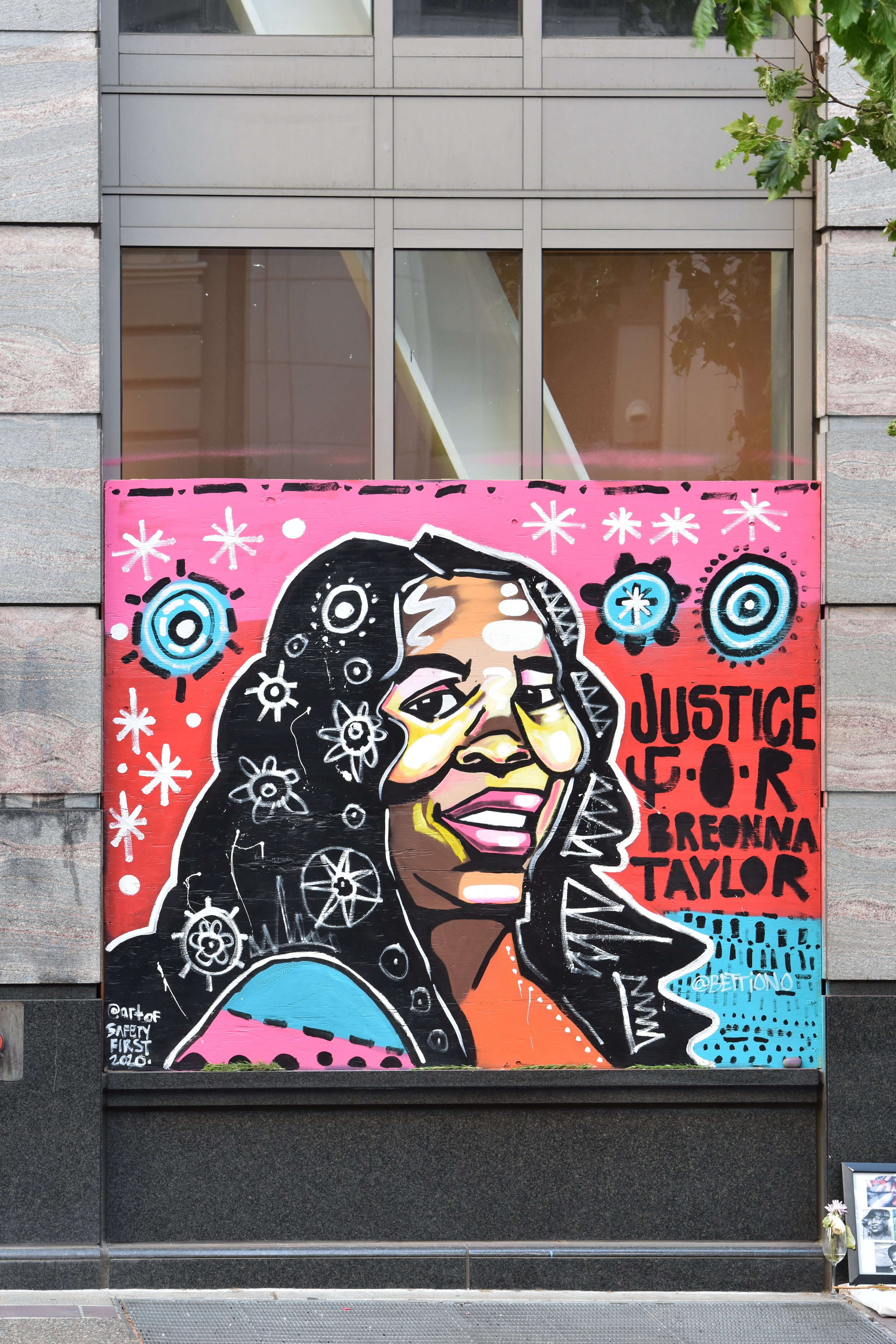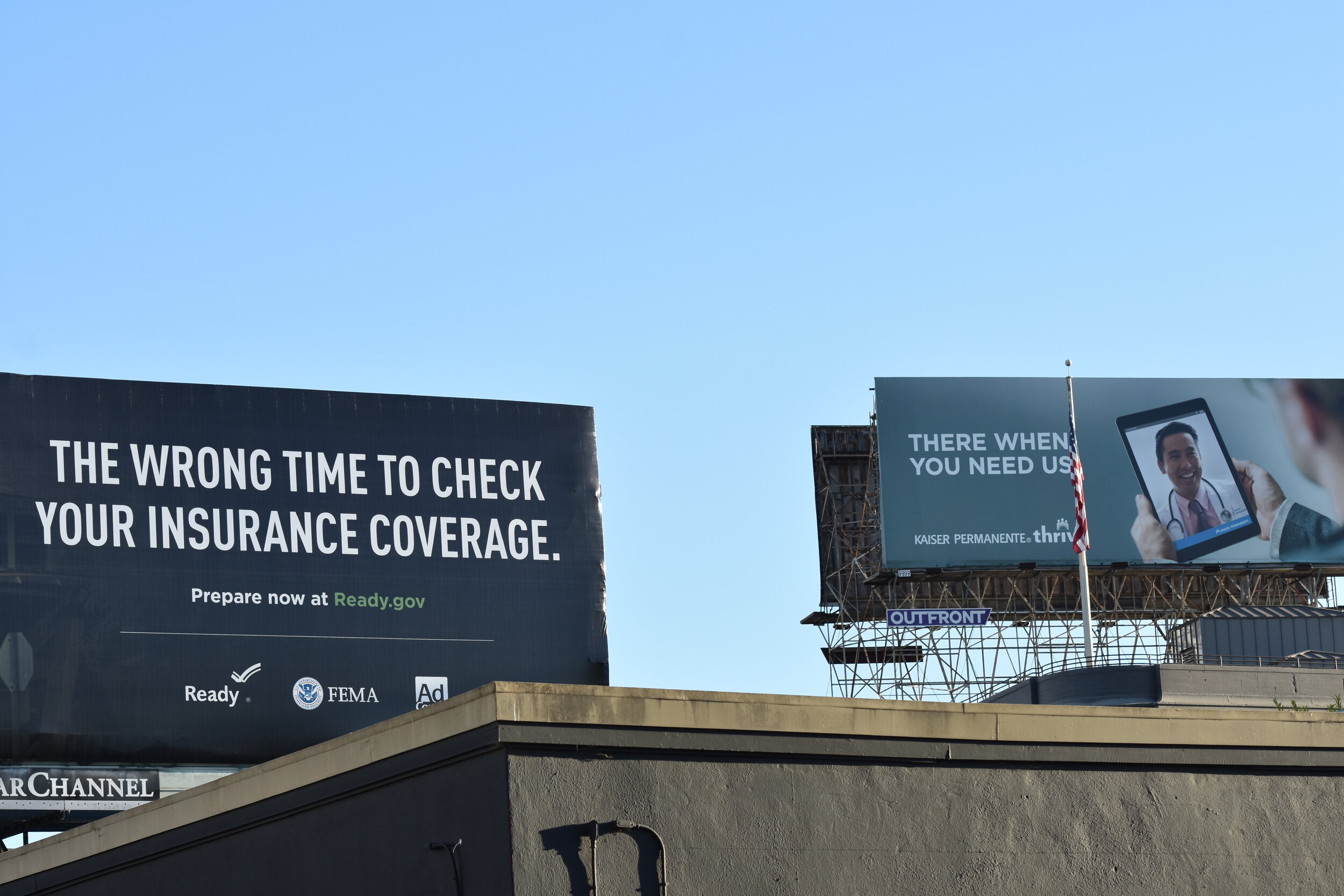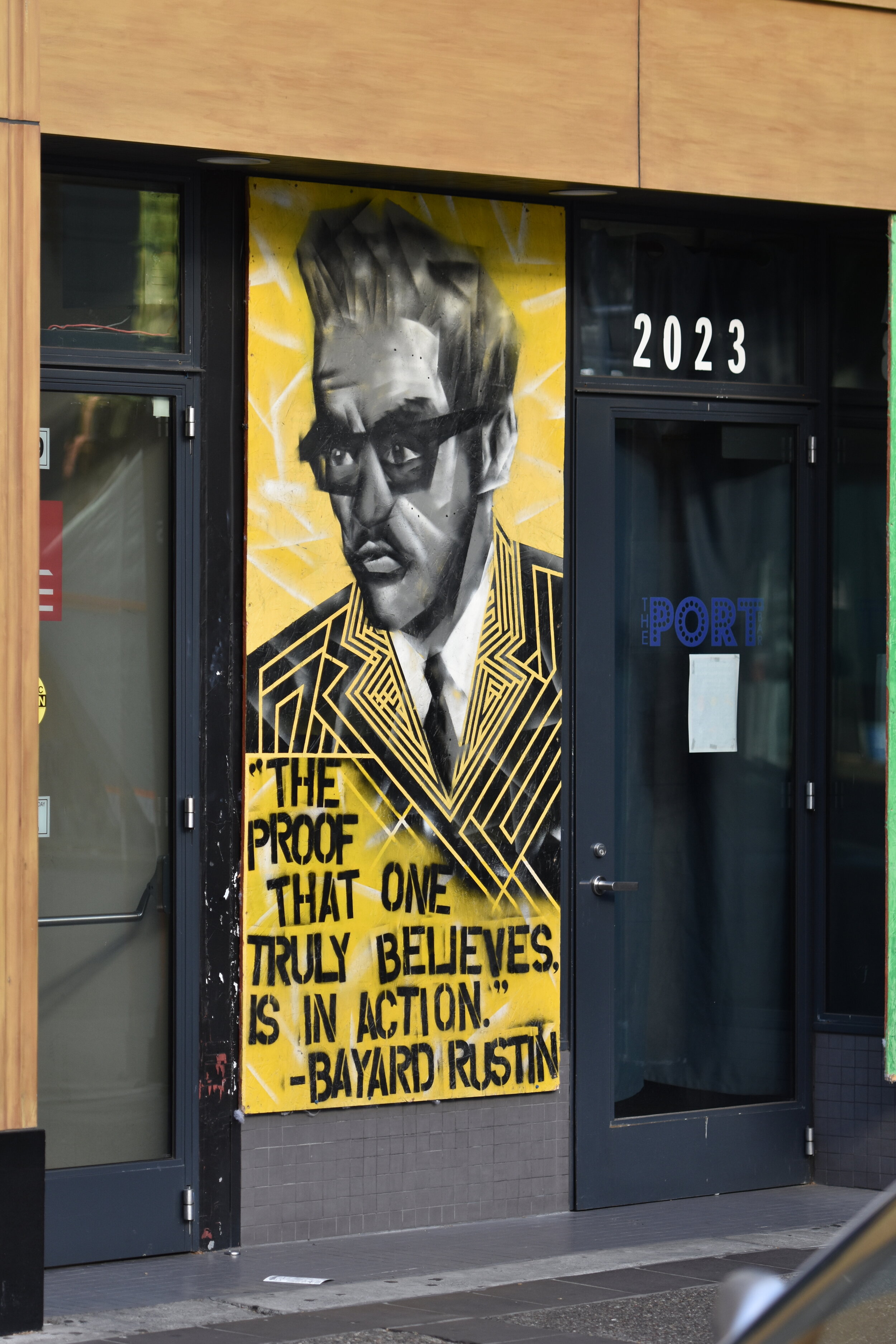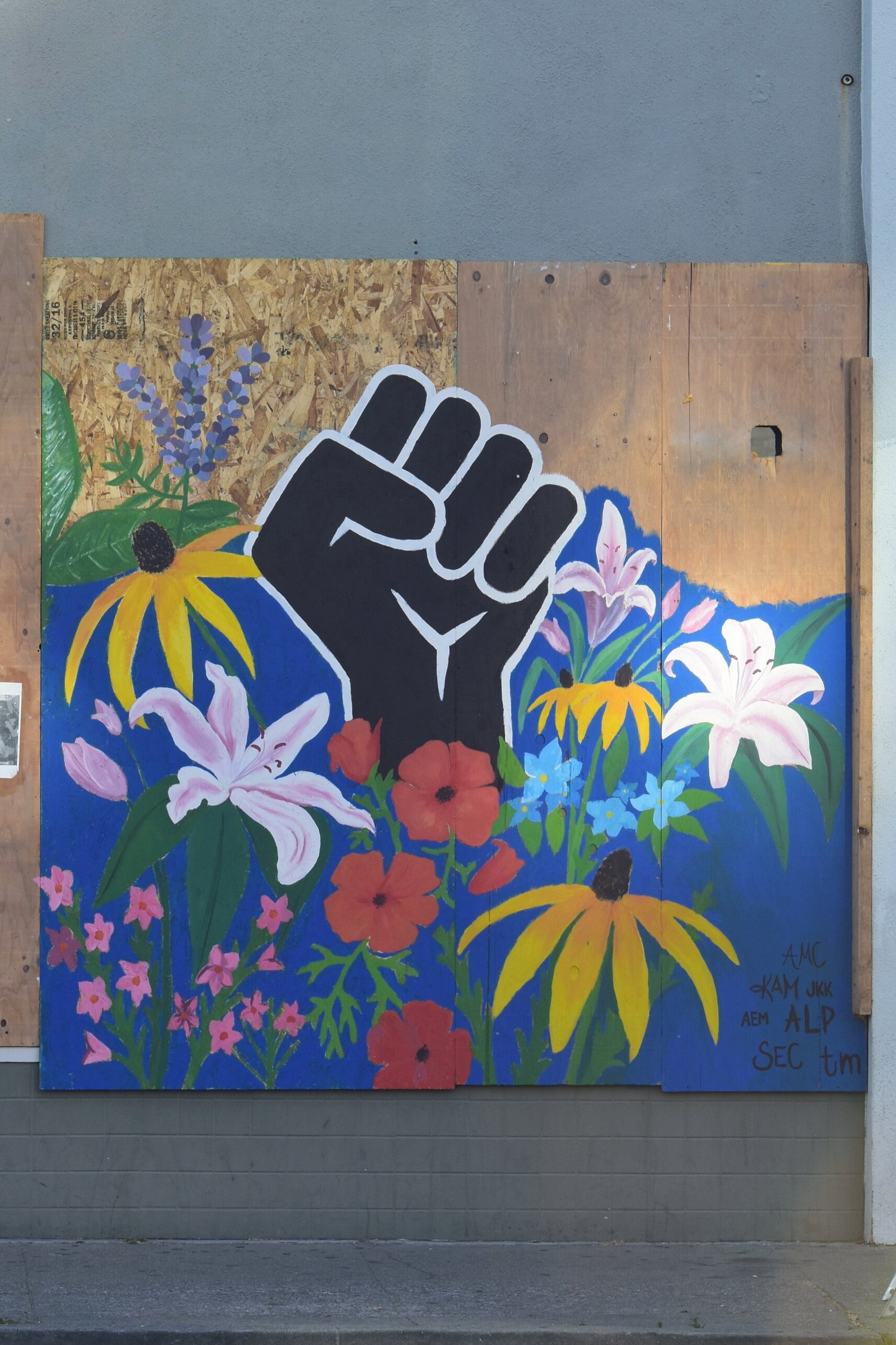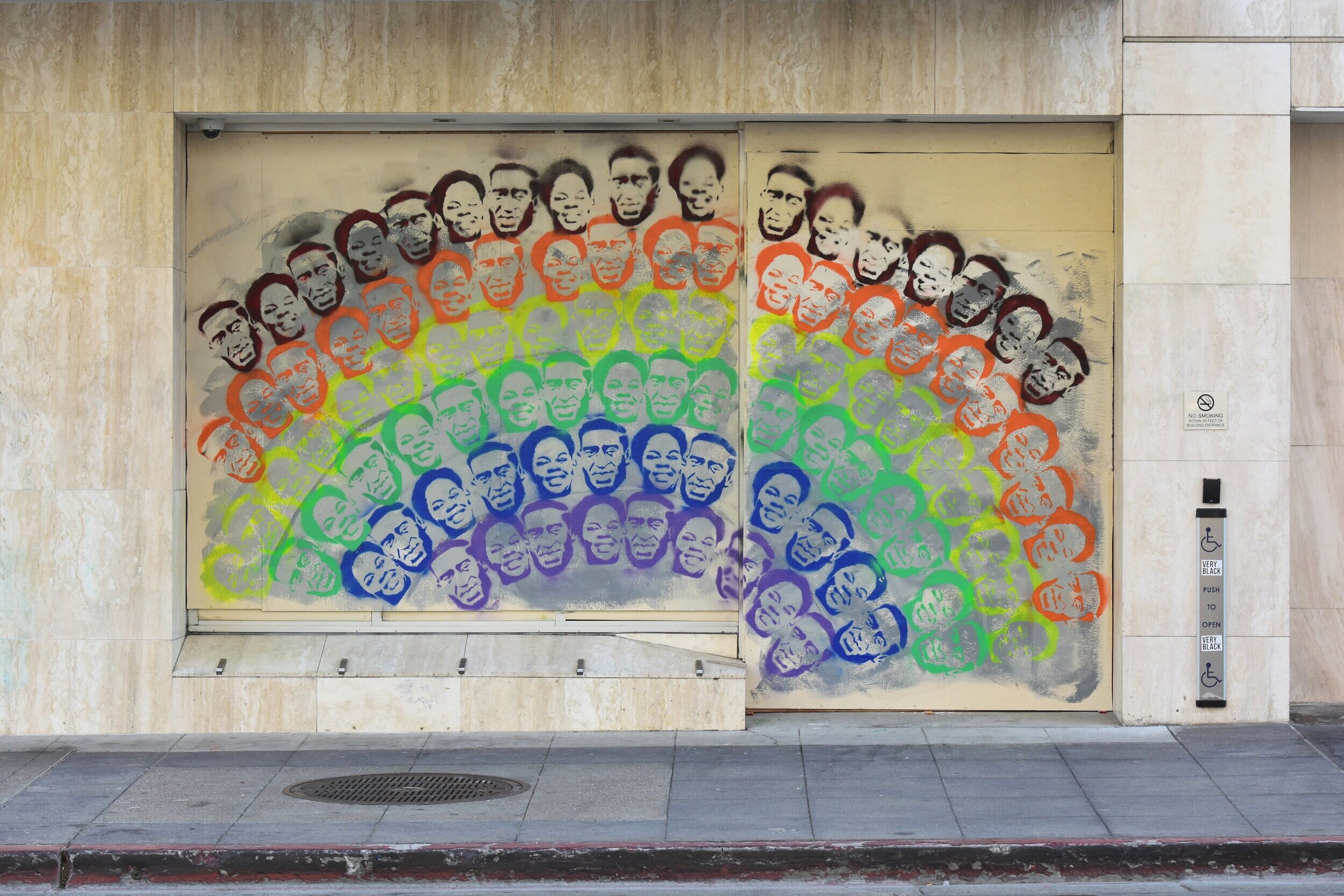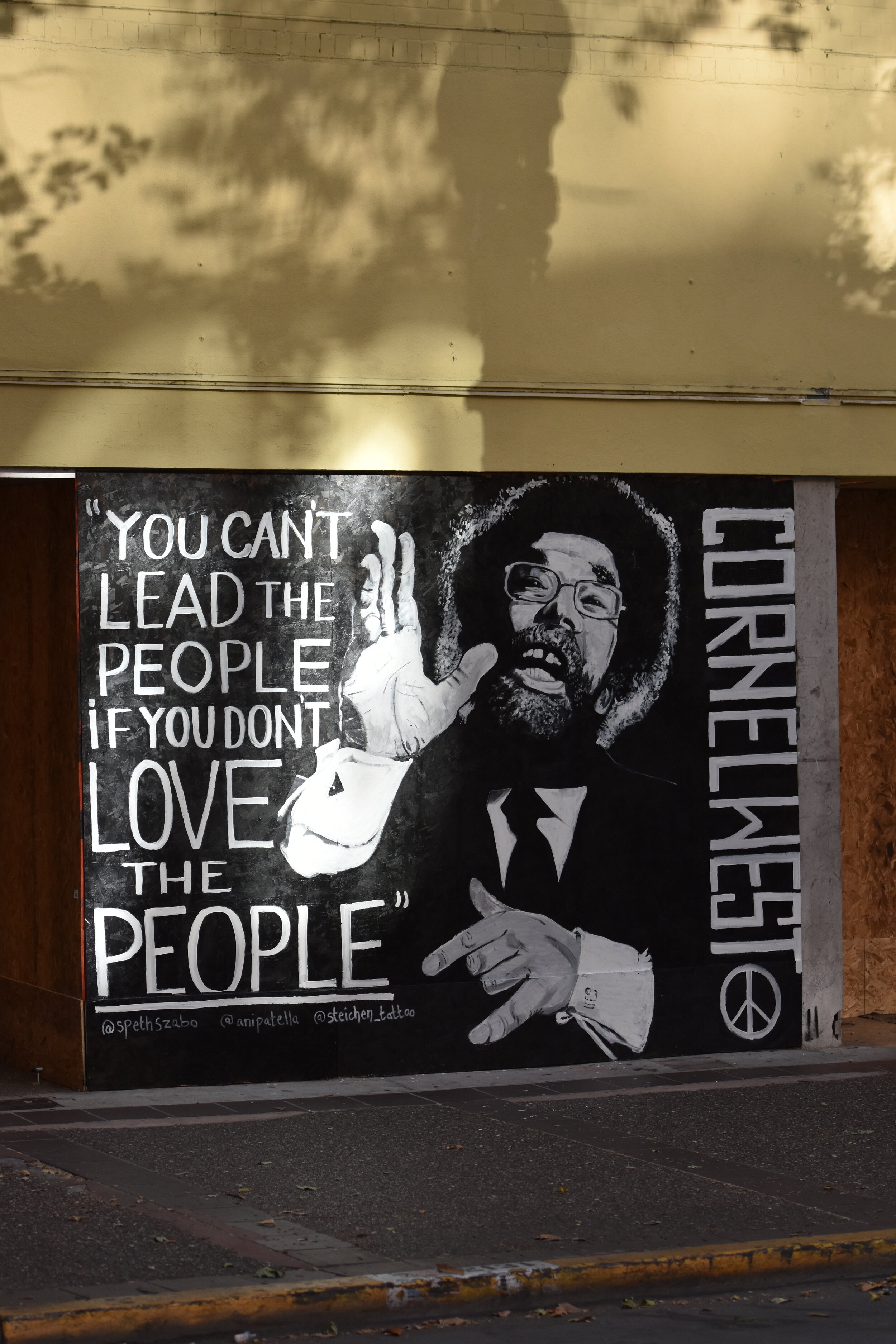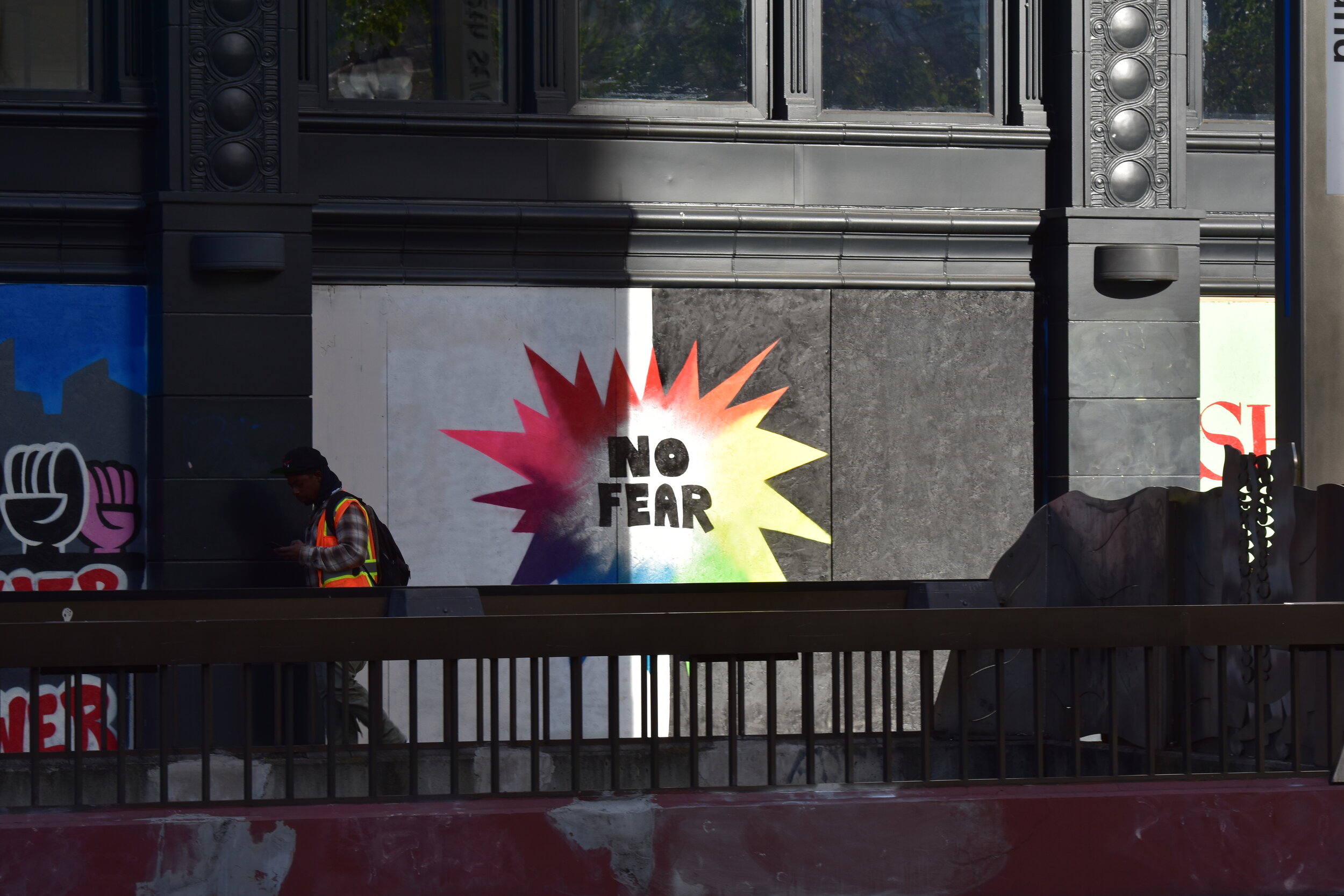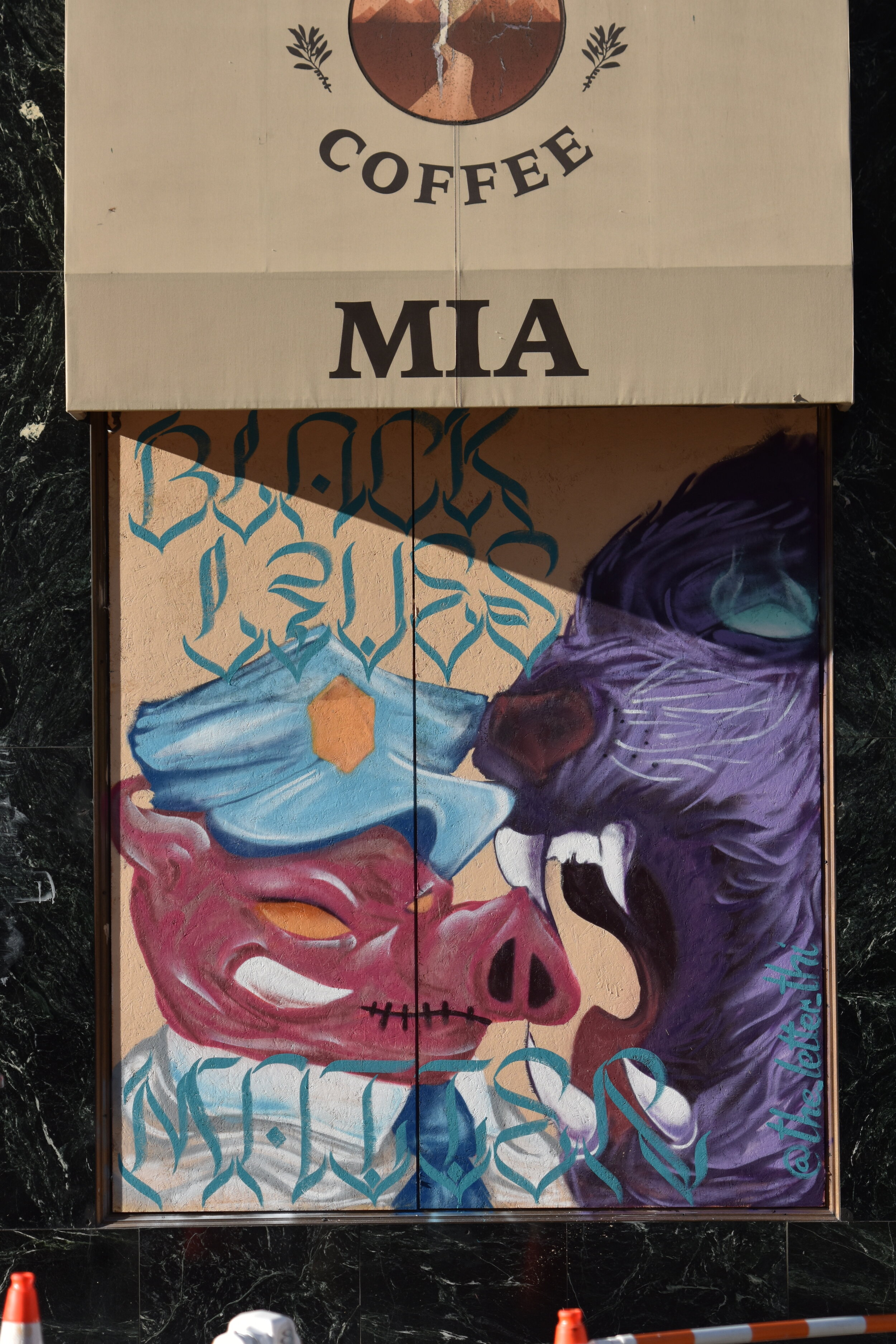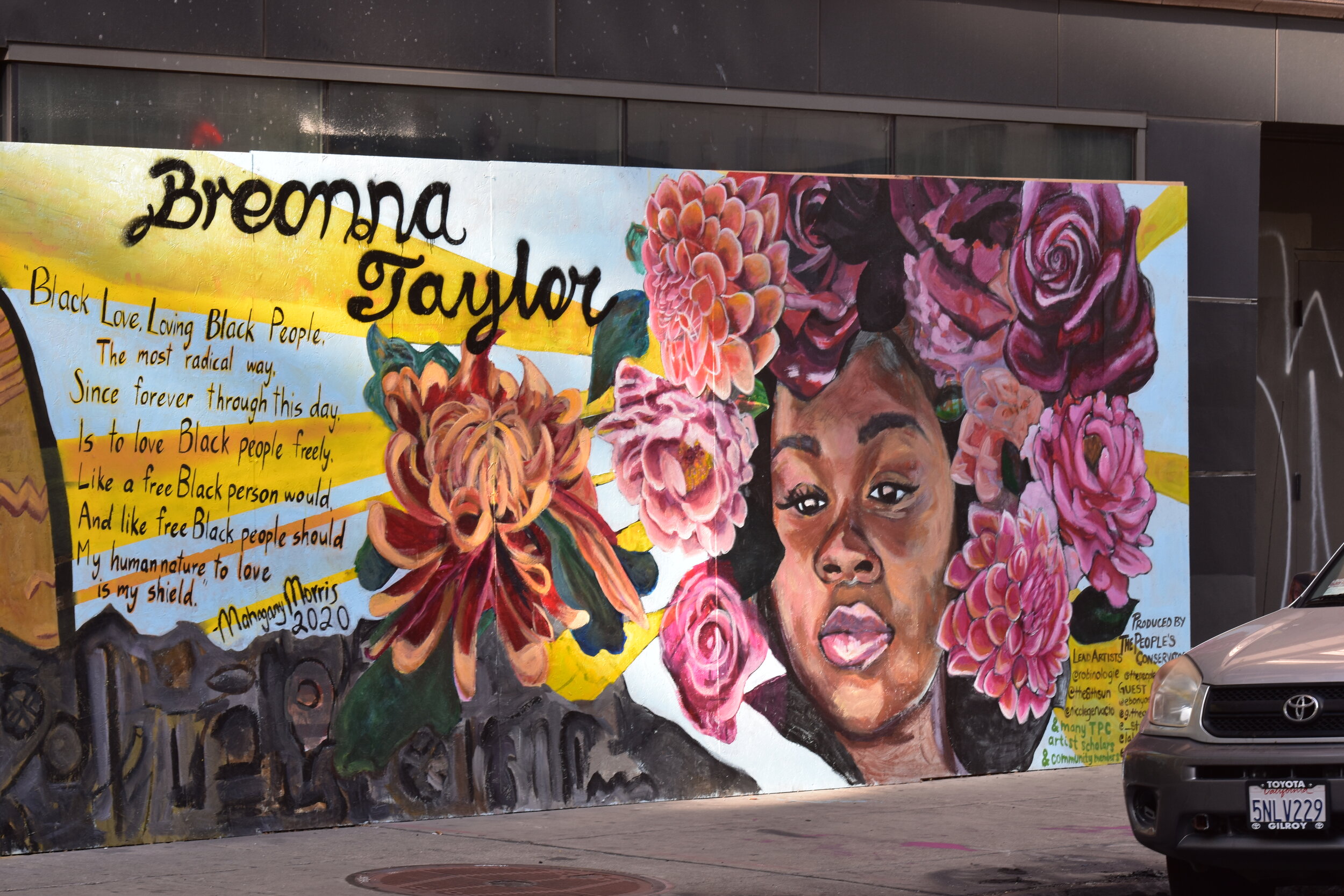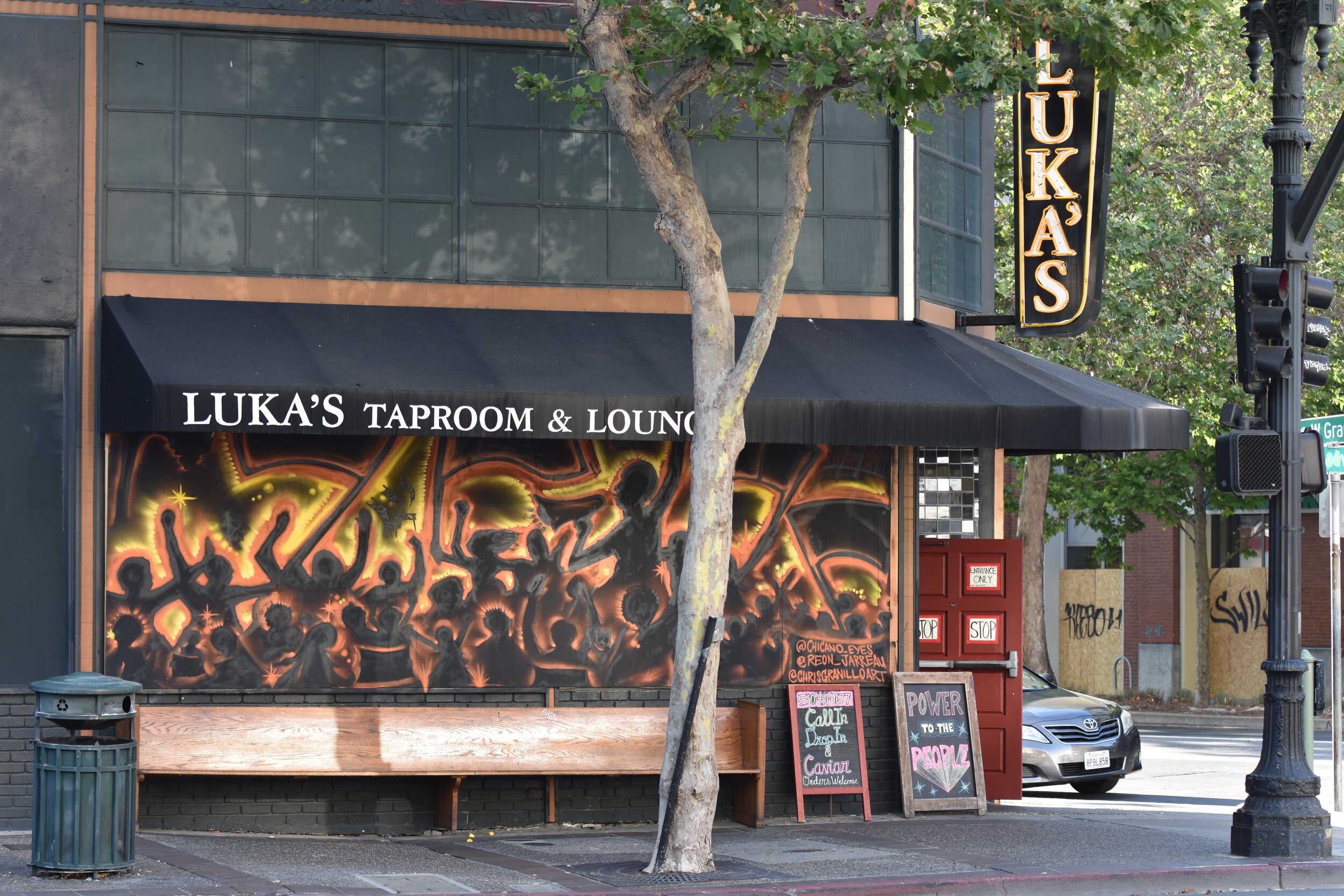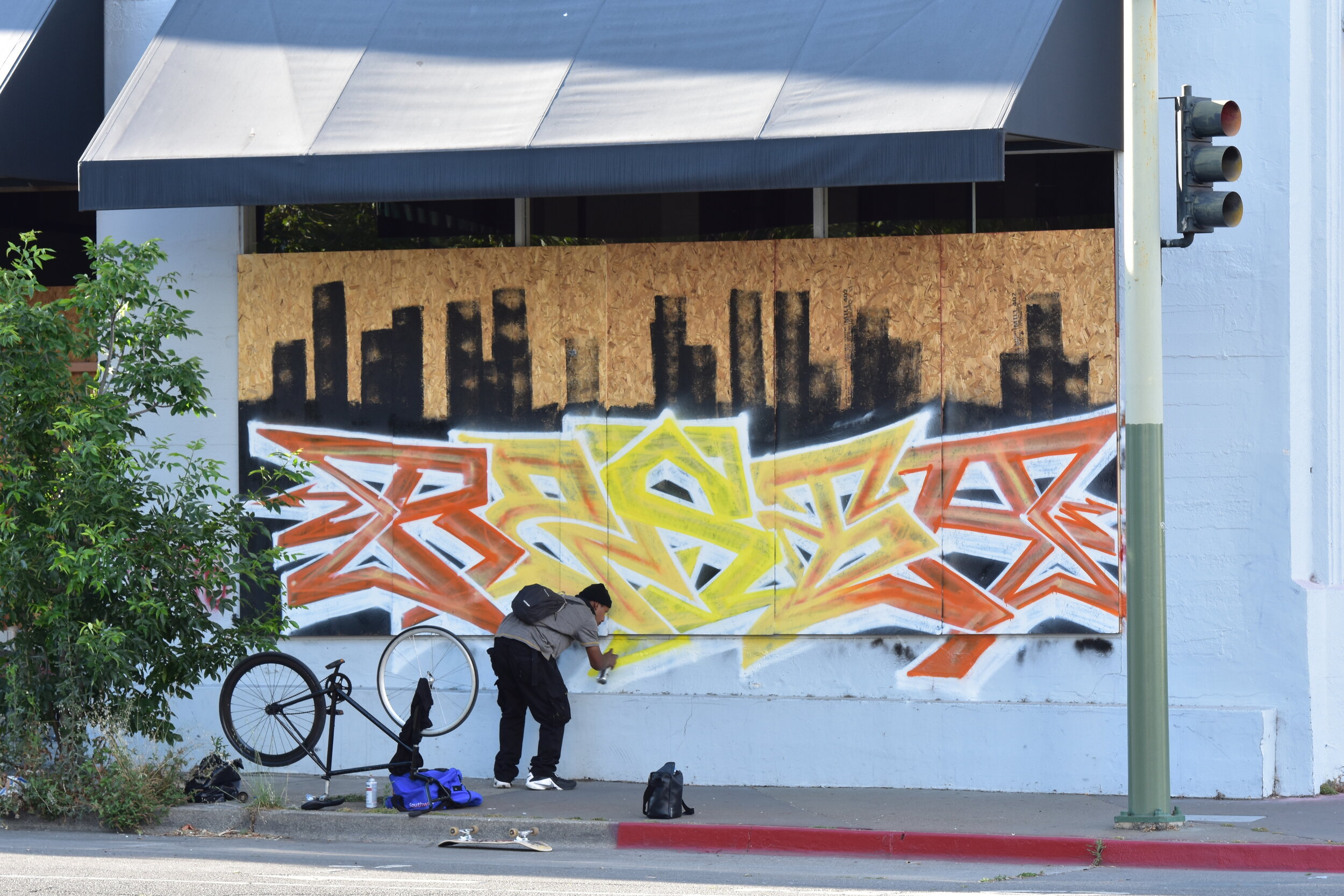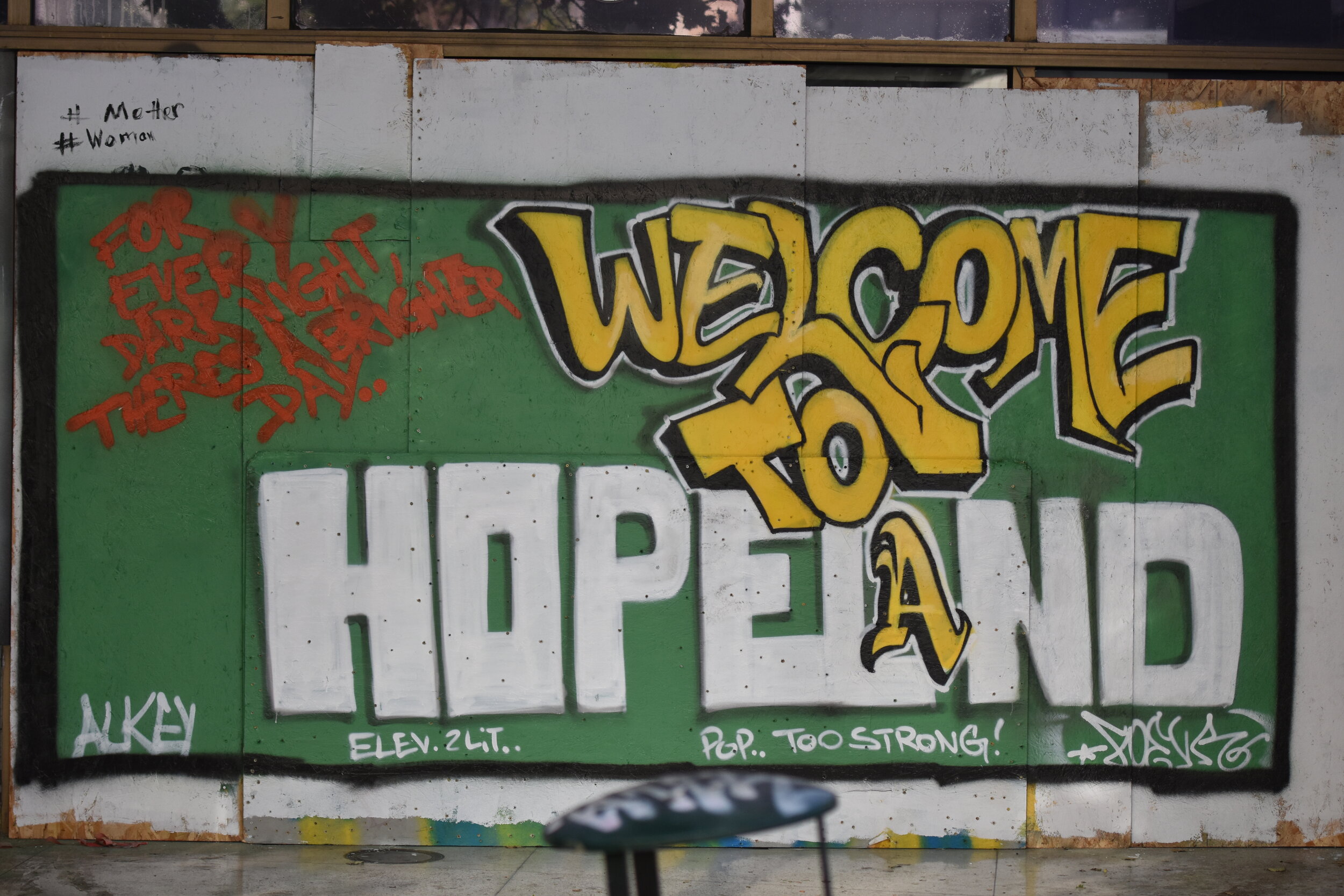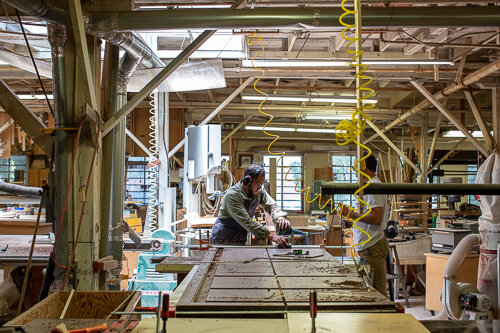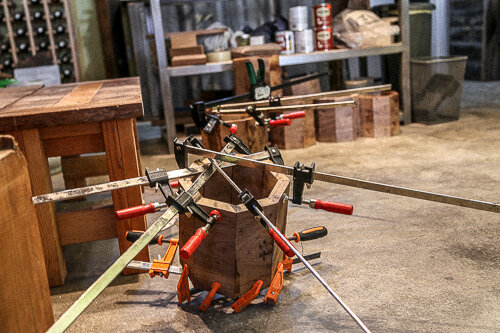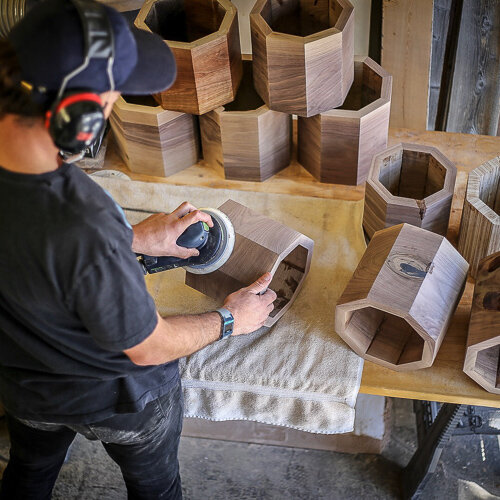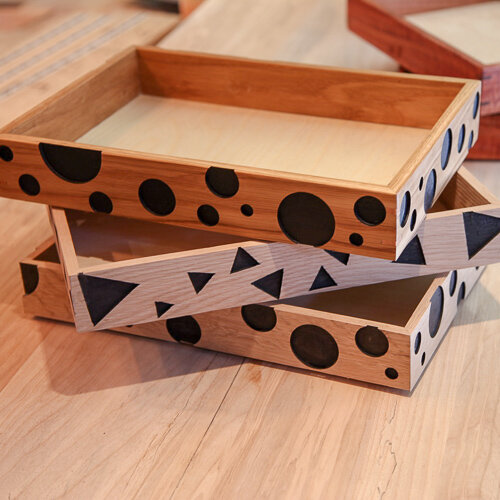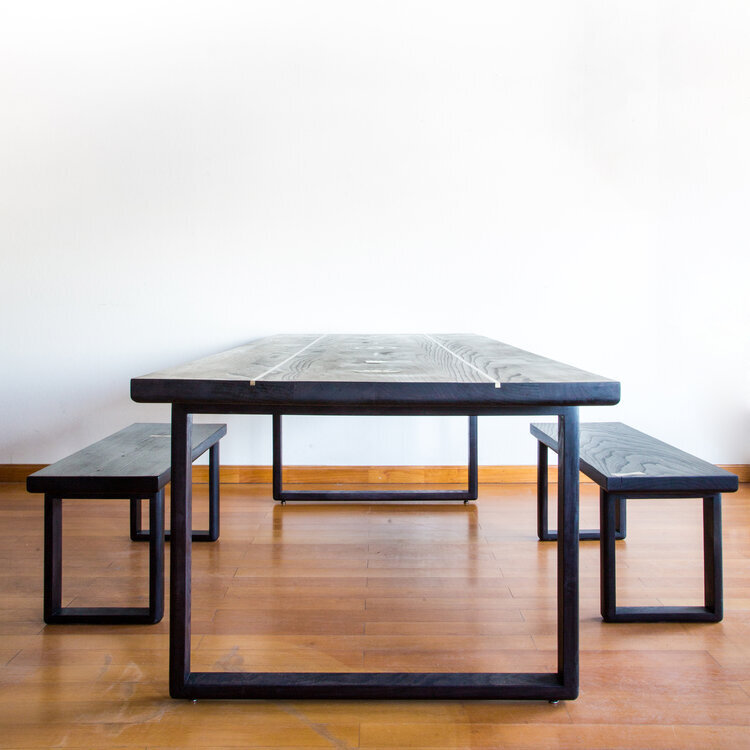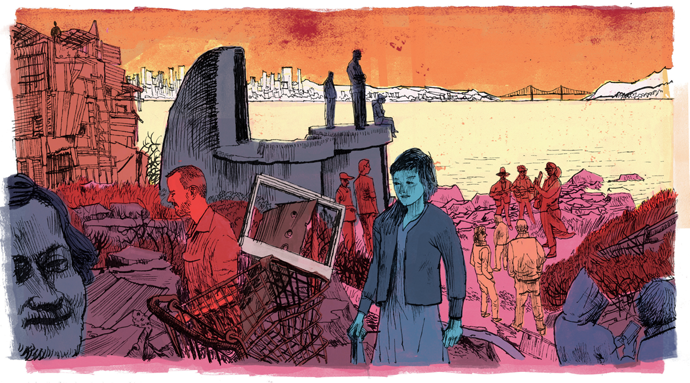Finding your own sense of style can feel like finding a needle in a haystack. And that’s good in a way, because it affords us the opportunity to move forward and keep rejuvenating. Style is not a fixed thing; it’s tied to the times in which we live, the person we are today, and, quite simply, what we find fun.
But it can be that we find ourselves feeling and looking better in certain styles of clothing. It’s easy to think of how the woman who may not have worn dresses or skirts in her life due to insecurity (or because that’s just her taste), try one later on in life, and see herself in her resplendent beauty, emphasized this way for the first time. That’s not to say that skirts or dresses are the only way to beauty, this story could easily work in the opposite direction, and pure ‘resplendent beauty’ may not even be what you’re going for.
As you see, style is incredibly personal.
But how on Earth are you supposed to ‘find your style?’ in the first place? Isn’t that a big ask? In this post, we hope to address this important and worthwhile question, from top to bottom:
Keep Trying New Clothing
Style is always dynamic and changing. What you might have loved to wear ten years ago may not be the same items you love today. That’s fine. Provided you keep trying new clothing, and keep experimenting with new styles, you’ll find what you like. That’s the secret behind good style, it’s never about finding perfection, only about finding what is right for this moment, for your personality now, and how your body may be shaped in this particular moment.
We all change throughout life. Some of us lose our hair, some age gracefully, others don’t. Some might find that they only really feel confident in their fashion when they reach middle age, others have trouble finding the right means to ‘dress their age’ without having to condemn themselves to ‘looking old.’ What matters is what works for you, and ultimately, what makes you happy is likely correct.
This is because when you wear something that makes you happy, you feel more like yourself. You feel authentic. This allows you to come across as more comfortable, radiant, and interesting. You can make even the most bizarre fashion choices work for you provided you are comfortable and unapologetic about it. And that’s where the true secret lies.
Challenge Yourself From Time To Time
Challenging yourself can be a good idea, because it helps you grow and learn. This also works for style. Maybe you wish to shop for a few outfits for when the worldwide pandemic starts to slow down, and life resumes as normal. It might be that you opt for a wonderful evening gown that helps you feel confident about attending the best restaurants. Maybe you wish to wear something that helps express your cultural roots when heading abroad and connecting with some of your family members.
A style challenge doesn’t mean going outside of your comfort zone, but this can also be a good place to occupy. As you develop and feel more comfortable with taking risks, trying new styles, enjoying new textures and colors, and maybe even retrofitting your clothing to match how you feel and who you are, you can express yourself with a thorough focus.
This is how you find your style, bit by bit, as a process rather than a singular decision. It can also mean preparing for a certain event, or asking the question ‘who am I now?’ These are the questions that you’ll often ask yourself before developing a piece of art, or being creative, which is how style can be defined, too.
Find The Best Retailers
Of course, it’s important to wear clothes that are quality and have good craftsmanship. This also extends to your accessories, such as where you source your jewelry and the classic style eyeglasses you have fit your face properly. When clothing is high-quality, well made and ethically manufactured, you can be sure to feel more confident in your wardrobe.
You may even decide to avoid the big retailers because you prefer to find an ‘authentic’ means of coming across your style. This is where apps like Depop can be so popular, as they provide us with a means of connecting to people who have style inspirations just like us, or who are selling older, vintage or rarer finds for cheaper than we may anticipate. This can surely help us feel as though we have snagged a bargain, and for all intents and purposes, that will be true.
Finding the best retailers also means doing your research on them. What about their clothing do you like, and why? Which retailers do you find have little ethical transparency, to the point where you hope not to support them going forward? Sometimes, finding a great retailer can mean finding a website you can use easily and compare deals with, especially as the global pandemic prevents us from heading to clothes stores with frequency.
Follow Trends
If you’re really stuck for ideas, following trends can be a good idea. It can help you look out of your current boundaries and consider the best means of moving forward. You don’t have to adopt every trend viewpoint to follow a trend. Little bits of inspiration can come to you, such as how to accessorize, or how to develop your own style, or what colors to wear, or what may look good for a person with your kind of hairstyle and facial structure.
You don’t have to think so deeply about things, inspiration is more than enough. Trends help that, and they can also help you feel a sense of community and seasonality in how trends move, develop and ultimately die (only to be reborn years later).
Don’t Follow Trends
Maybe you don’t wish to follow trends. Perhaps they feel overly corporate, restricting, and you don’t wish to look like everyone else. That’s great too! It can be a good idea to find your own unique sense of who you are without having to conform to what the fashion labels tell you to wear.
Perhaps you’re more interested in just dressing like you. You don’t want to match an ‘aesthetic,’ or use a ‘lookbook’ to feel yourself. You’re simply happy dressing in comfortable, relaxing, nice clothing. Maybe a high-quality pair of jeans helps you feel smart. That’s fine too. Fashion can often be seen as a continual chase to enjoy and use what is in ‘now,’ but the truth is, what’s in ‘now’ is artificially designated. If you can decide that for yourself, you’ll no doubt be in a better state of mind, and this can help you feel confident in all of your choices, not only some.
Overcome Your Biases
We all have biases. You might feel as though people who wear more jewellery than you are narcissistic, and don’t quite know where to stop or draw the line of good taste. Then, you’re invited to a party, and think to overcome your bias, you’ll wear some that you had gifted to you not long ago. It helps you feel confident and ties your outfit together completely. This is a microcosm example of how biases can limit us, and open-minded thinking can free us. If that’s a truth elsewhere in life, it’s certainly true for style.
With this advice, we hope you can more easily find your style with ease. Remember - this is an art, not a science project.







